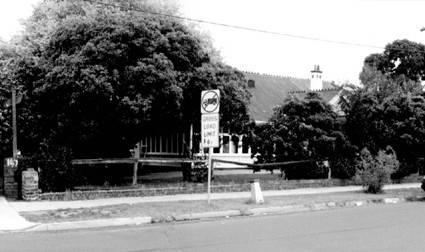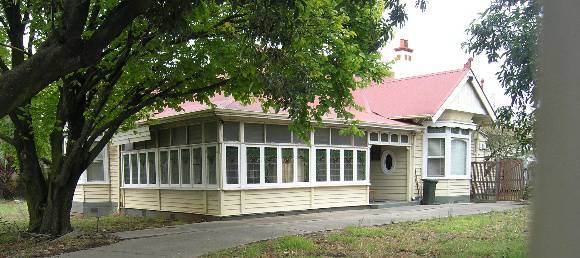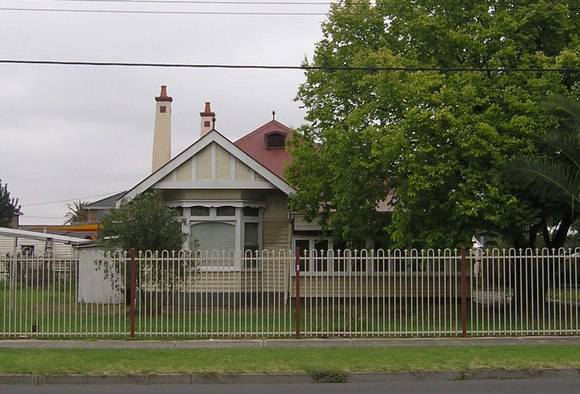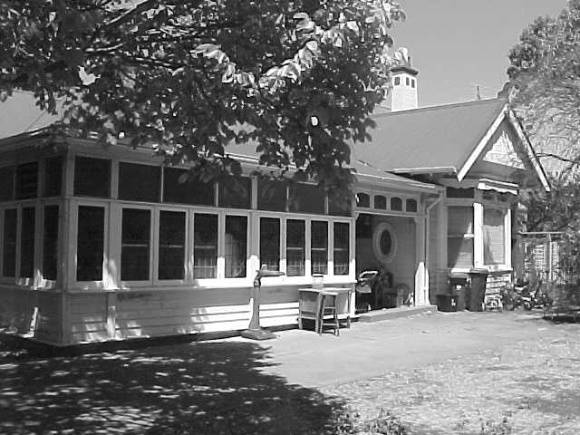| Back to search results » | Back to search page » |
|
Sam McKay house & garden
Location147 Anderson Road, SUNSHINE VIC 3020 - Property No 44
File Number1580LevelIncluded in Heritage Overlay |
|
Statement of Significance
Individual place statement of significance::
The house is of regional architectural and historical significance for its associations with the beginnings of the housing subdivision created by H.V. McKay, and for its associations with a prominent member of the McKay family. It was amongst the first houses to be built on the new Sunshine estate developed by H.V. McKay. The house is also important for its connection with Samuel McKay, a pioneer of overseas business in relation to an Australian product - the Sunshine Harvester. He was a leading member of H.V. McKay's staff at the Sunshine Harvester Works and Managing Director 1926-1932. The house can be seen as a symbol of the involvement of the extended McKay family in the life of the Sunshine Harvester Works. H.V. McKay was aware of how his brothers had helped him achieve fame and fortune. Three of them lived in Sunshine for some years, as well as four nephews. The house is also significant for its association with a local doctor during the 1930s-early 1950s. Architecturally, it is one of the more ornate of the Edwardian-era houses built in Sunshine within the estate and is associated with a related group of nearby places from around that era, including the DC substation, the McKay church and gardens and memorial gates, as well as the McKay estate and remnants of the Harvester Works.
The McKay housing subdivision is of national historical and social significance as the first stage of the suburb created by Australia's leading industrialist and a milestone in the development of the industrial suburb, under the influence of the Garden City movement. Sunshine became a yardstick for planning and housing reformers, with H.V. McKay being regarded as an expert on planned industrial housing. The McKay estate is of regional architectural significance as it marks a crucial phase in the development of Sunshine, housing the resident work force which promoted further industrial development.
The estate is also of historical significance in relation to H. V. McKay's important role in the history of industrial relations in Victoria and Australia, as the provision of housing for his workers was one of the arguments made by McKay in defending the Basic Wages Case which lead to Justice Higgins' "Harvester Judgement".
The group of houses along Forrest Street, Ridley Street, Sydney Street, King Edward Avenue, Anderson Road, Talmage Street and Kororoit Street, represent the type of houses built either by or for company employees, foremen and managers. The houses include major remnants of the large blocks allotted to senior staff of the Sunshine Harvester Works. Most of the houses were set back on their blocks with side drives, rather than rear service lanes, giving an air of spaciousness and permitting large gardens (of which some remnants survive).
Group
Residential buildings (private)
Category
House







